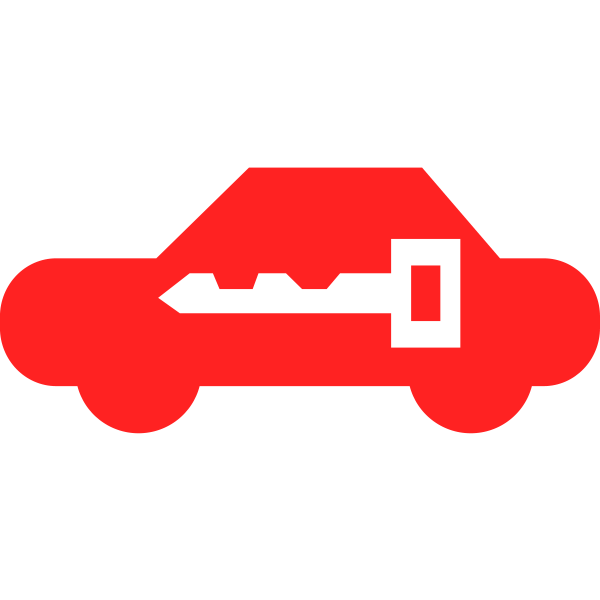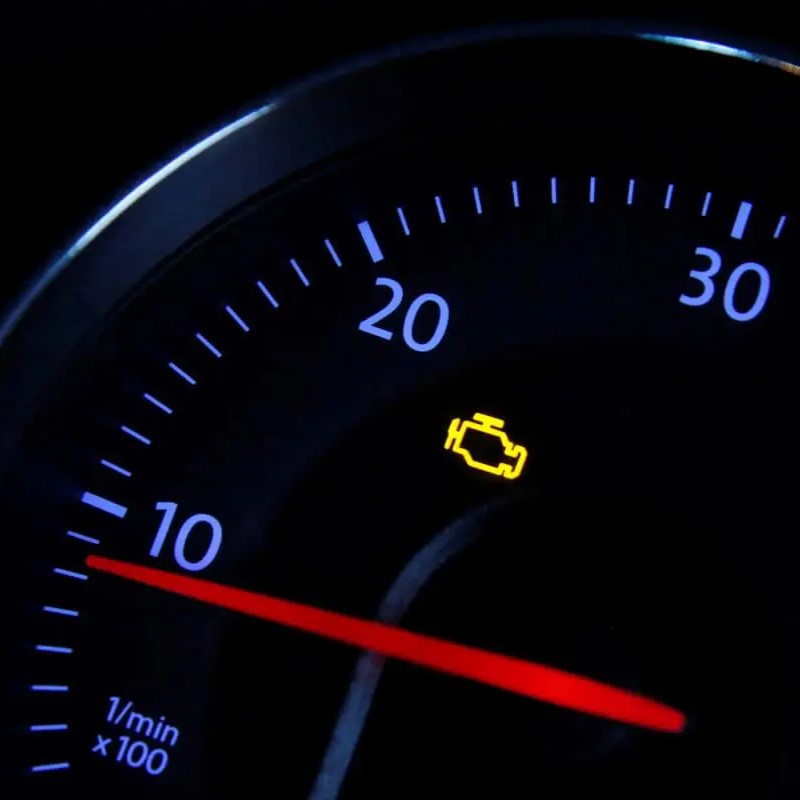Seeing a blue coolant light illuminate on your car’s dashboard as soon as you start the engine can be alarming. This indicator signifies that the coolant temperature is too low, which can potentially lead to engine problems if ignored. However, in many cases, this light is normal and will disappear once the engine warms up. But what if it doesn’t? This article will delve into the reasons behind a persistent blue coolant light, potential issues, and steps you can take to address the problem.
Understanding the Blue Coolant Light
The blue coolant light, often labeled with a snowflake or a temperature gauge icon, is a crucial component of your car’s warning system. Its primary function is to alert you when the coolant, or antifreeze, is colder than optimal operating temperature. This is particularly common during colder weather when the engine takes longer to heat up.
Normal Behavior
- Initial illmination: It’s perfectly normal for the blue coolant light to turn on when you first start your car, especially in cold weather.
- Extinction: As the engine warms up, the light should gradually dim and eventually turn off. This typically happens within a few minutes.

Behavior
- Persistent light: If the blue coolant light stays on even after the engine has reached operating temperature, it indicates a potential issue.
- Frequent illumination: If the light keeps coming on repeatedly, it’s a clear sign of a problem.
Potential Causes of a Persistent Blue Coolant Light
Several factors can contribute to a persistent blue coolant light. Let’s explore some common culprits:
Coolant Level Issues
- Low coolant: The most straightforward reason for a persistent blue coolant light is low coolant levels. Coolant helps regulate engine temperature, and insufficient amounts can prevent the engine from reaching optimal operating temperature.
- Coolant leaks: A coolant leak can lead to low coolant levels and trigger the warning light. Check for visible signs of leaks, such as puddles of green or orange liquid under your car.
Thermostat Problems
- Stuck open thermostat: The thermostat controls the coolant flow through the engine. If it remains open, the coolant can circulate too quickly, preventing the engine from reaching the desired temperature.
- Stuck closed thermostat: A closed thermostat restricts coolant flow, which can cause the engine to overheat. However, this is less likely to result in a persistent blue coolant light.
Coolant Sensor Malfunction
- Inaccurate readings: A faulty coolant temperature sensor can provide incorrect information to the vehicle’s computer, leading to the blue coolant light staying on.
Other Potential Issues
- Water pump failure: A malfunctioning water pump can hinder coolant circulation, impacting engine temperature.
- Head gasket issues: In rare cases, a blown head gasket can allow coolant to mix with engine oil, affecting the cooling system’s efficiency.
Steps to Take When the Blue Coolant Light Stays On
If you’re dealing with a persistent blue coolant light, follow these steps:
- Check the coolant level: Open the coolant reservoir and inspect the fluid level. If it’s low, add coolant according to your vehicle’s manual. Avoid overfilling.
- Inspect for leaks: Look for any signs of coolant leaks under your car. If you find a leak, address it promptly to prevent further coolant loss.
- Allow the engine to warm up: Sometimes, the light might take longer to turn off in extremely cold weather. Give the engine sufficient time to reach operating temperature.
- Monitor the light: Keep an eye on the coolant light as you drive. If it continues to illuminate, it’s time to consult a mechanic.

Preventive Measures
To minimize the risk of coolant-related issues, consider the following preventive measures:
- Regular coolant checks: Check the coolant level at regular intervals, especially before long trips or in extreme weather conditions.
- Coolant replacement: Follow your vehicle’s maintenance schedule for coolant replacement.
- Visual inspections: Periodically inspect hoses, clamps, and other components of the cooling system for signs of wear or damage.
Wait for the light to turn off
Waiting for the blue coolant light to turn off is a good indication that the engine has reached optimal temperature. In a simulated environment, it took about 2 seconds for the light to turn off.
Engine performance issues (e.g., overheating, no heat from the heater)
Incorporating engine performance issues related to the coolant system is a great way to expand the article’s value.
Potential Subsections
Here are some potential subsections to include:
Overheating
- Signs of overheating
- Common causes (thermostat, radiator, water pump, coolant levels, etc.)
- Immediate actions when overheating occurs
- Long-term solutions
No Heat from Heater
- Potential causes (heater core, thermostat, coolant levels, blower motor, etc.)
- Troubleshooting steps
- When to seek professional help
Expanding on the Blue Coolant Light
We can also expand on how these engine performance issues relate to the blue coolant light:
- Overheating: Explain how a persistent blue coolant light can be an early warning sign of overheating if not addressed promptly.
- No heat: Discuss how low coolant levels, indicated by the blue light, can affect heater performance.
Expert Input Opportunities
- Ask the mechanic about common misconceptions about overheating and how to prevent it.
- Inquire about the best ways to diagnose heating system issues.
- Discuss the relationship between coolant levels and engine performance.
By adding these sections and incorporating expert advice, we can create a more comprehensive and informative article for readers.

Seek professional mechanical advice if necessary
Incorporating professional mechanical advice will significantly enhance the article’s credibility and value.
Potential Avenues for Expert Input
Here are some ways to incorporate expert advice:
- Direct Quotes: Interview a mechanic or automotive expert. Ask them about common causes of the blue coolant light, troubleshooting tips, and the importance of timely repairs.
- Expert Review: Share a draft of the article with a mechanic for feedback and corrections.
- Collaborate on Specific Sections: Work with an expert to write sections on complex topics like thermostat function, coolant types, or head gasket issues.
- Fact-Checking: Verify information with a mechanic to ensure accuracy and avoid misinformation.
Questions to Ask an Expert
To get the most out of your expert consultation, consider asking these questions:
- What are the most common causes of a persistent blue coolant light in your experience?
- Are there any specific car models or makes that are more prone to this issue?
- What are the potential consequences of ignoring a persistent blue coolant light?
- Can you explain the function of the thermostat and its role in the cooling system?
- What are the signs of a coolant leak, and how can it be diagnosed?
- Are there any DIY repairs that car owners can safely perform, or is it always best to consult a mechanic?
- What preventive maintenance steps can help avoid coolant-related problems?
Example of Expert Input in the Article
“A persistent blue coolant light is often a symptom of a more significant issue,” says [Mechanic’s Name], a seasoned automotive technician. “Ignoring this warning can lead to engine overheating and costly repairs. It’s crucial to diagnose the root cause promptly.”
By incorporating expert input, you can provide readers with more accurate, informative, and trustworthy content.
While a blue coolant light can be concerning, it’s essential to approach the issue calmly and systematically. By understanding the potential causes and taking appropriate steps, you can effectively address the problem and prevent more serious engine damage. If you’re unsure about the cause of the persistent light or if the issue persists, it’s always recommended to seek professional assistance from a qualified mechanic.





